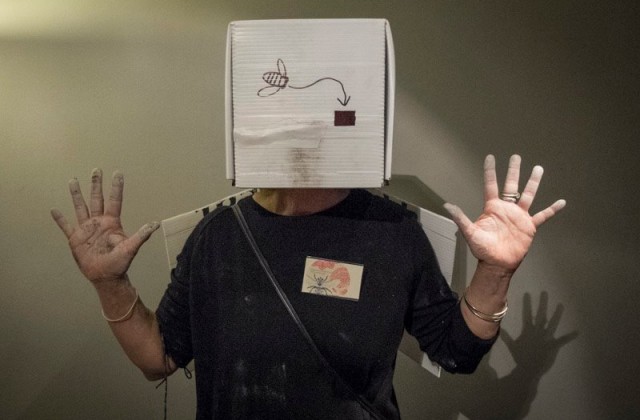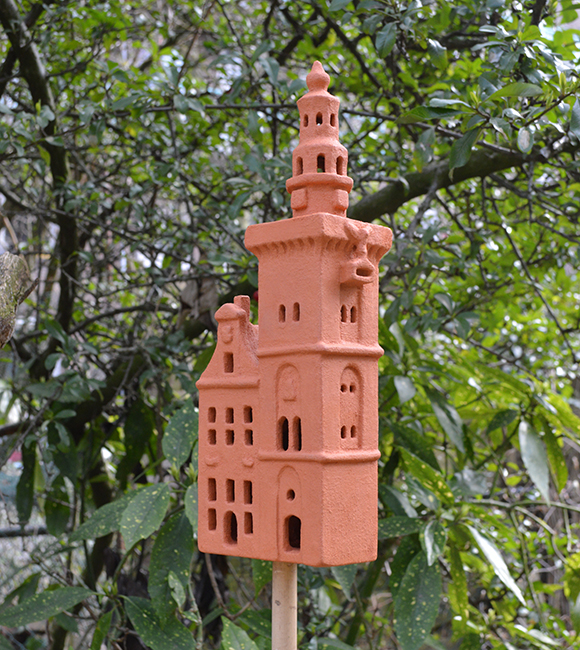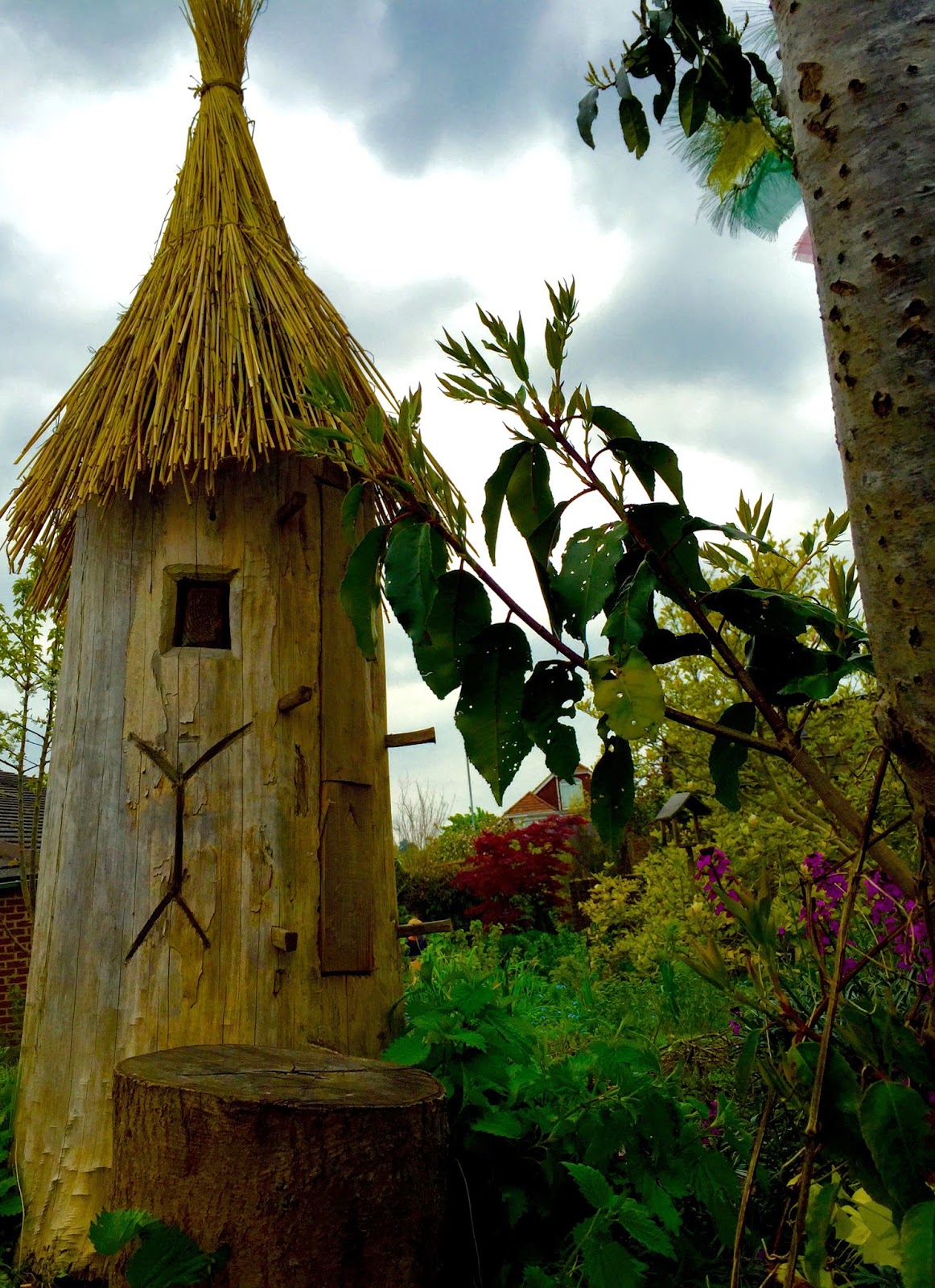Beautiful Bait Hives? Ask a Bee!

In 2015 Bí workshops transformed Equality Referendum campaign posters into emergency housing for refugee bees. This certainly was a clever and sustainable way to recycle the many posters that thronged our streets. We are anxious to revisit this exercise in 2019 as a fitting celebration of the ‘Green Wave’ that swept through the recent local and European Elections.
There are fascinating parallels between the consensus decision making process honeybees use to agree on a new home and our democratic voting system which can be used to enrich our appreciation of these pollinators. (Come read Thomas Seeley’s “Honeybee Democracy” in our library!). Also, a precedent has already been set by expert beekeepers who have successfully overwintered bees in nucleus hives made out of this material. But, we do have to admit, there are nicer looking homes for bees than those made of corriboard!
Not that the bee is worried about aesthetics – that is a human remit – but condensation might be a problem if adequate ventilation is not provided (bees can cope with cold but cannot tolerate damp!). Also, some ideas that we have gathered from Oslo’s inspiring ‘Bumblebee Highway’ (click on the house symbols on the map to take a peek!) and the exquisite ceramic ‘insectenjuisjes’ made by Bastiaan Meijer of Amsterdam prove that a range of materials can be used to create beautiful bait hives that work to attract both the attention of a human passer-by and a bee!

Thomas Seeley’s research at Cornell discovered that honeybees do not care about aesthetics, but they are fussy about volume (40 litres +), position ( apx. 5 metres high, south facing and sheltered) and size of entrance hole (3.5cm).
We at Bí would like to emphasise that we are not experts on this subject. Our objective is to become a catalyst for citizen science and initiate a process where we all learn together. And so, we at Bí encourage you to build temporary homes for bees this summer. We hope you will be inspired by the examples in this post and let your creativity flow. There are 99 bee species in Ireland, 1 honeybee, 21 bumblebees and 77 solitary bees. Different pollinators prefer different types of habitat. ByBi, creators of Oslo’s Bumblebee highway, encourage experiment with these preferences as you design wildlife accommodation to attract a diversity of creatures to your garden. The All Ireland Pollinator Plan is an excellent source of information this subject.

Hollow tree trunks were the traditional home of the honeybee but our ancient forests are gone. It has been suggested that the urban environment may now provide a better selection of cavities suitable for wild bee habitation than our forests.
Decide on the type of bee you would like to house, study it’s habits and try to get into it’s skin when creating your refugee housing. The simplest, and possibly the best, way to attract pollinators is become more messy in your garden! Many of these wild bees nest underground and love the protection that a heap of decaying material in a dark corner provides. Alys Fowler has been studying the links between soil health and high levels of pollination and advocates developing good composting habits to attract more pollinators to your garden. We have discovered several bumblebee nests in composting units as well as inside heaps of rubbish and crumbling stone walls.
One of these stone walls was being demolished and the bumblebees were threatened. Bumblebees do not generally relocate well, but Bí Team member, Luke Hensey, managed to rescue them and rehouse them in in a purpose built box with a perspex lid for viewing. We enjoyed photographing and filming this nest of Bombus Terrestris all that summer in the Sitric Compost Community Garden. In many ways we found their lifestyle more intriguing than that of honeybees.
We hope you will try building your own ‘bait hive’ for refugee bees and document your adventure over the summer months! Post photos of your designs and describe both your successes AND failures on our Facebook Group and we will reward you with some gorgeous ethically produced Bí products!
If you would like to learn how to transform an Election poster into a nucleus hive for honeybees we will be demonstrating this during our Building for Bees workshop, this Sunday June 9th, 2-5pm.
 Desireland
Desireland


